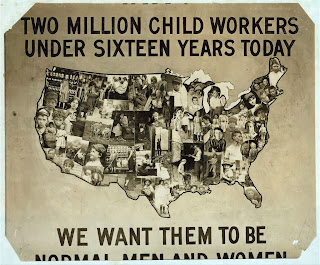Because the Fair Labor Standards Act is still extremely relevant to workers in the United States today, there is a continuing discussion about its policies today. Over the last 75 years, different problems have arisen under the FLSA rules and regulations. For example, there is a constant discussion about the payment of working 'overtime', and how one is protected under the FLSA policy of being paid 'time and a half'. More recently in the United States, the concept of suing (or filing a lawsuit) because of injustice is much more popular. In the media clip, "Fair Labor Standards Act", Jennifer George explains the more recent risks of lawsuits when paying workers (or not paying workers) for overtime. "An employee related lawsuit, or liability under the FLSA, can be initiated two ways: It can be initiated by an inspection (thats by the Wage and Hour division of the Department of Labor), or an employee can initiate a lawsuit on their own behalf, and the damages can be excessive" (George, 00:03:00). This video, like many other clips from the internet, is an informative discussion on how an average American can understand their place and rights under the FLSA. Jennifer George, the woman in the video, is an employment lawyer at the Isaac Brant Ledman & Teetor Law firm in Ohio, which is a respectable position form which viewers can respect.
Generally, the majority of the media information about the Fair Labor Standards Act are informational seminars and lectures about how to protect yourself under the policies of the FLSA. One film, titled "Webinar: Top 10 Myths About Fair Labor Standards Act", discussed how working people in the United States today can understand how to carefully protect themselves against policies mentioned in the FLSA. Since it is a "Webinar", or a web seminar, all people with the internet or a computer can access this information. The National Federation of Independent Business developed this Youtube video to educate the average American about pay rates.
Since the development of the Fair Labor Standards Act in 1938, there have been many adjustments and questions about its policies. Most media films are developed to educate the general public about the FLSA, how it impacts the business world, and how to protect yourself and others under (and against) its laws.


